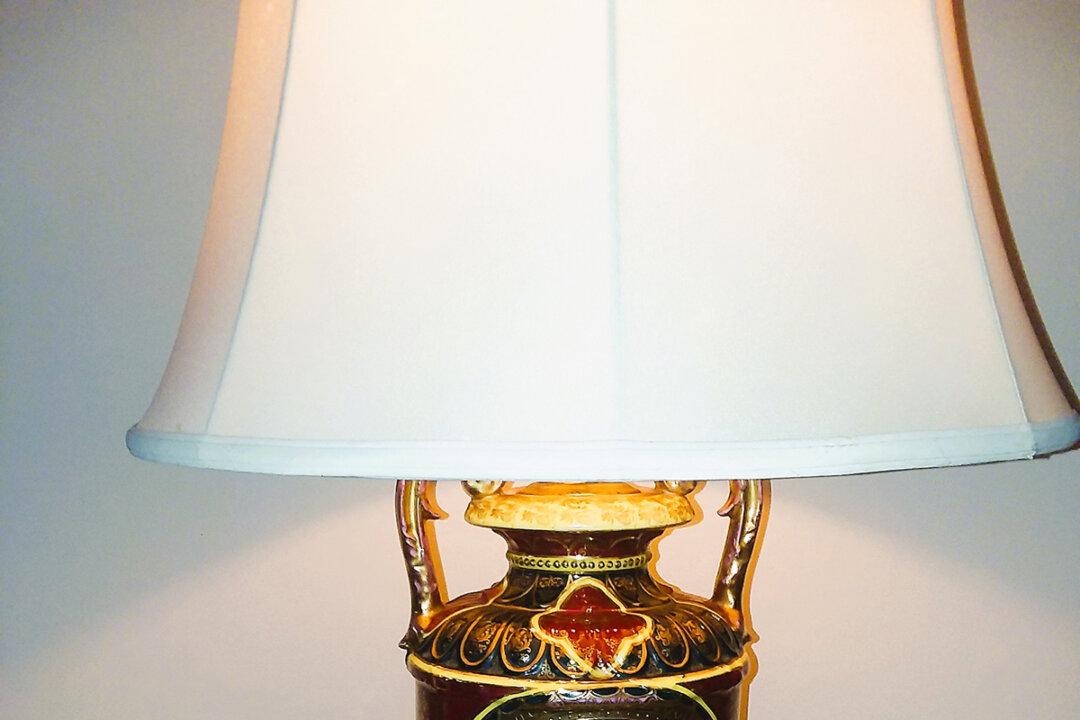By Helaine Fendelman and Joe Rosson
From Tribune News Service
Dear Helaine and Joe: Attached are photos of the front, back and enlarged section of an old lamp that was originally a vase. It has been in my family for over 75 years. I believe it is hand-painted and signed by the artist. Any information would be appreciated. Thank you, G. R. Baltimore






